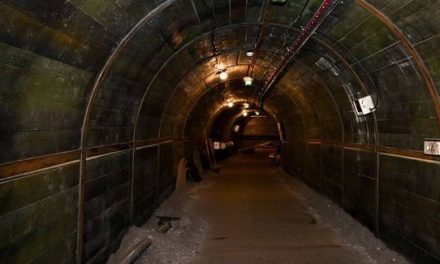ABB to apply its Adaptive Execution methodology to help optimize the first unmanned processing platform for the Krafla field in the North Sea.
Adaptive Execution integrates expert teams, new technologies, agile processes, shared learnings and proven methodologies into a more evolved end-to-end solution, tied together with the digital ABB Ability platform.
Equinor has employed ABB also to deliver automation solutions for the Krafla oil and gas field development, that is part of the coordinated development of the licenses Krafla, Fulla and North of Alvheim (NOA).
The Unmanned Processing Platform (UPP) at Krafla will be wholly remote controlled from an onshore control center leveraging the market leading distributed control system ABB Ability System 800xA equipped with Select I/O.
In addition to the UPP, the ABB system will monitor and control multiple units including two unmanned wellhead platforms, and a subsea production system.
ABB will create a digital twin to simulate, test and verify the advanced functions needed for unmanned operations on the control system, before being installed at site.
Brandon Spencer, President of ABB Energy Industries commented: “The platform has been designed with the intention of having no people on board, with no helipad, and the only possible access via ship. Instead, a new generation of remotely based operators will sit onshore, with the ability to start operations at the touch of a button. It is critical, therefore that collectively we get the design right the first time around. Everything needs to be tested and verified before being installed offshore.
Applying its Adaptive Execution methodology, ABB will streamline the entire project execution experience, combining efficient modular design, with standardized, repeatable processes.

Johan de Villiers, Oil and Gas lead for ABB Energy Industries said: “Adaptive Execution enables greater visibility across all layers of a project. With digitalization and virtualization at its core we can unlock significant project value for Equinor in this project, not least by designing and testing everything in a virtual environment, eliminating design failures early on. As a result, we can reduce delivery schedules by up to 30 per cent, minimize the number of engineering hours spent on project testing, installation, and commissioning by 85 per cent and lower automation related setup costs lowered by up to 40 per cent.”
With no localized power source on-site, the new platform also offers environmental benefits. Drawing power from the power grid onshore, which is primarily hydroelectric, will help to reduce local emissions.



